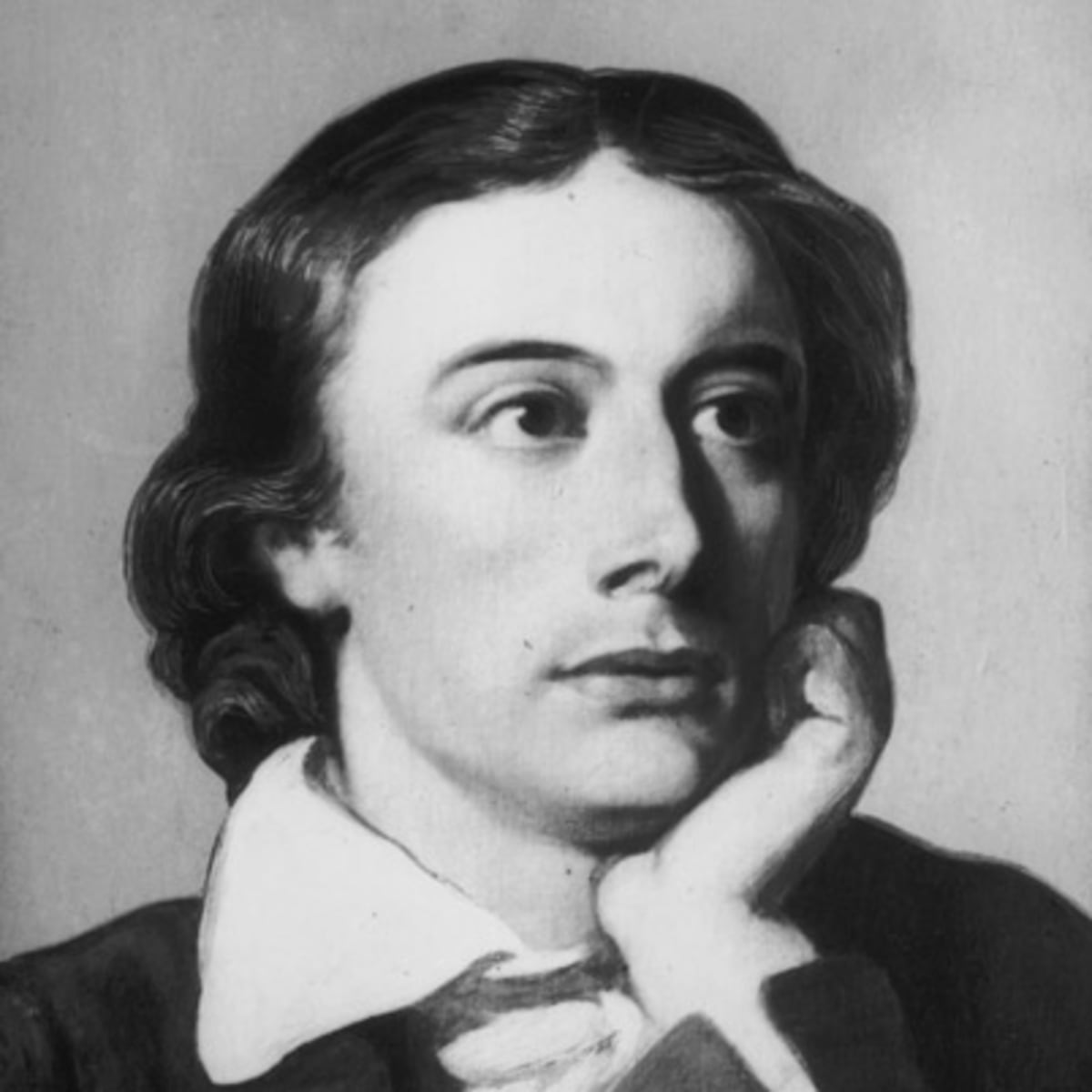When I have fears that I may cease to be
Before my pen has gleaned my teeming brain,
Before high-pilèd books, in charactery,
Hold like rich garners the full ripened grain;
When I behold, upon the night’s starred face,
Huge cloudy symbols of a high romance,
And think that I may never live to trace
Their shadows with the magic hand of chance;
And when I feel, fair creature of an hour,
That I shall never look upon thee more,
Never have relish in the faery power
Of unreflecting love—then on the shore
Of the wide world I stand alone, and think
Till love and fame to nothingness do sink.
Published:
1848
Length:
Shorty
Literary Movements:
Graveyard Poets
Anthology Years:
2020
Themes:
Doubt & Fear
Love & Relationships
Memory & The Past
Literary Devices:
Alliteration
the repetition of the same letter or sound at the beginning of words appearing in succession
Assonance
The repetition of similar vowel sounds that takes place in two or more words in proximity to each other within a line; usually refers to the repetition of internal vowel sounds in words that do not end the same.
Caesura
a break between words within a metrical foot
Enjambment
a line break interrupting the middle of a phrase which continues on to the next line
Hyperbole
exaggerated statements or claims not meant to be taken literally
Personification
the attribution of human qualities to a non-human thing
Rhyme
correspondence of sound between words or the endings of words, especially when these are used at the ends of lines of poetry

